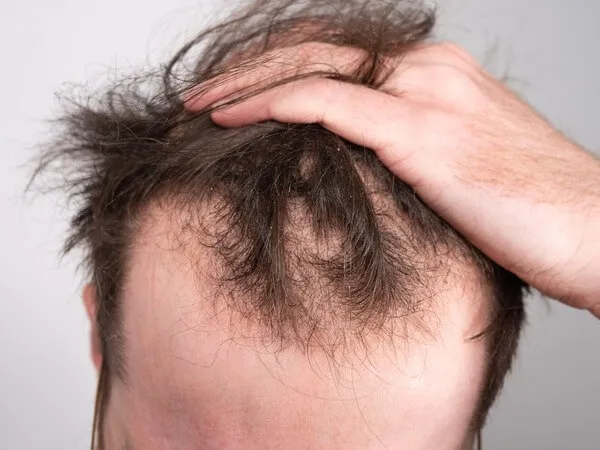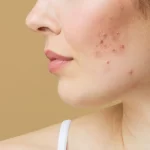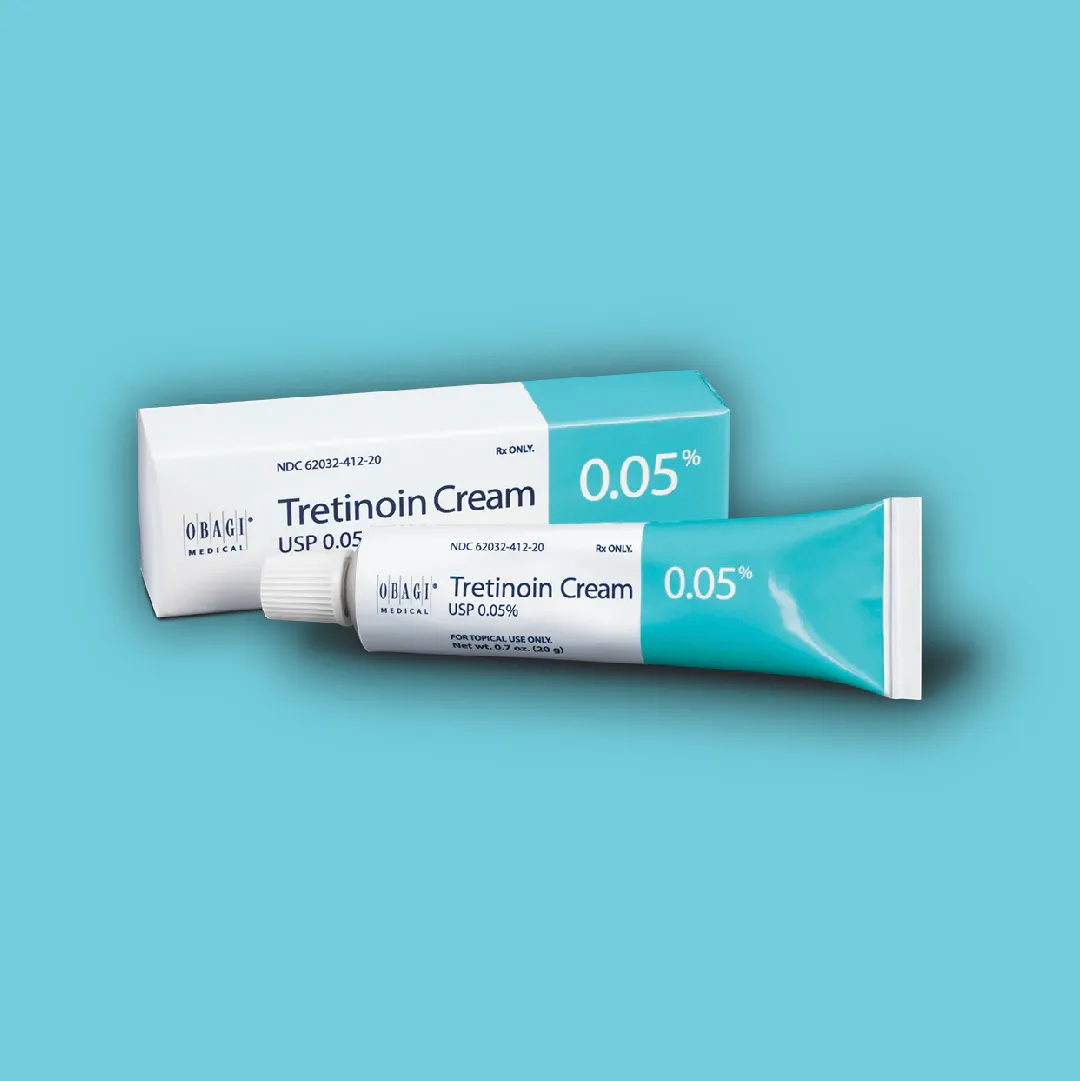Androgenetic alopecia (AGA), also known as female or male pattern hair loss, is the most common hair loss following puberty. Described as progressive miniaturization of the hair follicles, AGA is described as hair thinning which ultimately develops into alopecia or hair loss. AGA affects approximately 50% of women and 80% of men across all ethnicities.
Causes
Androgenetic alopecia is caused by several factors including genetic factors, abnormal hormonal regulation, and aging. Hereditary factors contribute up to 80% of an individual’s predisposition for AGA. Androgens, male sex hormones, regulate hair growth on the body. Abnormal sensitivity of hair follicles to circulating androgens in the blood trigger microinflammation of the hair follicle leading to pattern hair loss. Though this is still unclear, environmental exposure to pollution, poor nutrition, stress, and aging has been shown to cause inflammation that could potentially cause AGA.
Male Pattern Hair Loss – Norwood Scale

Female Pattern Hair Loss – Ludwig Scale

Clinical Features
Pattern hair loss presents differently in males and females. In males, there is hair loss at the crown of the head and recession of the hair line at the front scalp and temples. In females, the frontal hairline is maintained but hair thinning occurs diffusely over the front and sides of the scalp. Widening of the midline part in women is common.
Diagnosis
Pattern hair loss is diagnosed by clinical examination of the hair by a physician, especially a board-certified dermatologist. A dermatologist may utilize a dermatoscope, a handheld magnifying tool, to closely visualize the hair follicles to establish the diagnosis. A physician may conduct a thorough review of medical history, family history, medication regimen, comprehensive laboratory studies, and psychiatric assessment to identify potential causes of androgenetic alopecia.
Treatment
The goals of treatment are to reduce hair loss and promote hair growth. Standard treatments for pattern hair loss include topical minoxidil (for men and women), and the finasteride pill (for men). It takes up to 12 months of consistent treatment to notice improvement of results. Topical minoxidil is available over the counter in 2.5% and 5% solutions. Minoxidil, also available as a pill, has been used in addition to topical minoxidil with success in some patients. Anti-androgen pills like spironolactone and dutasteride which reduce the levels of androgen levels in the blood have also been used to treat pattern hair loss. Camouflage methods including wigs, hair-thickening fibers, and pigmented powders are encouraged to disguise hair loss, if desired. Hair transplantation, a surgical procedure that transplants hair follicles to areas affected by AGA, can be successfully performed by trained physicians in certain patients.








